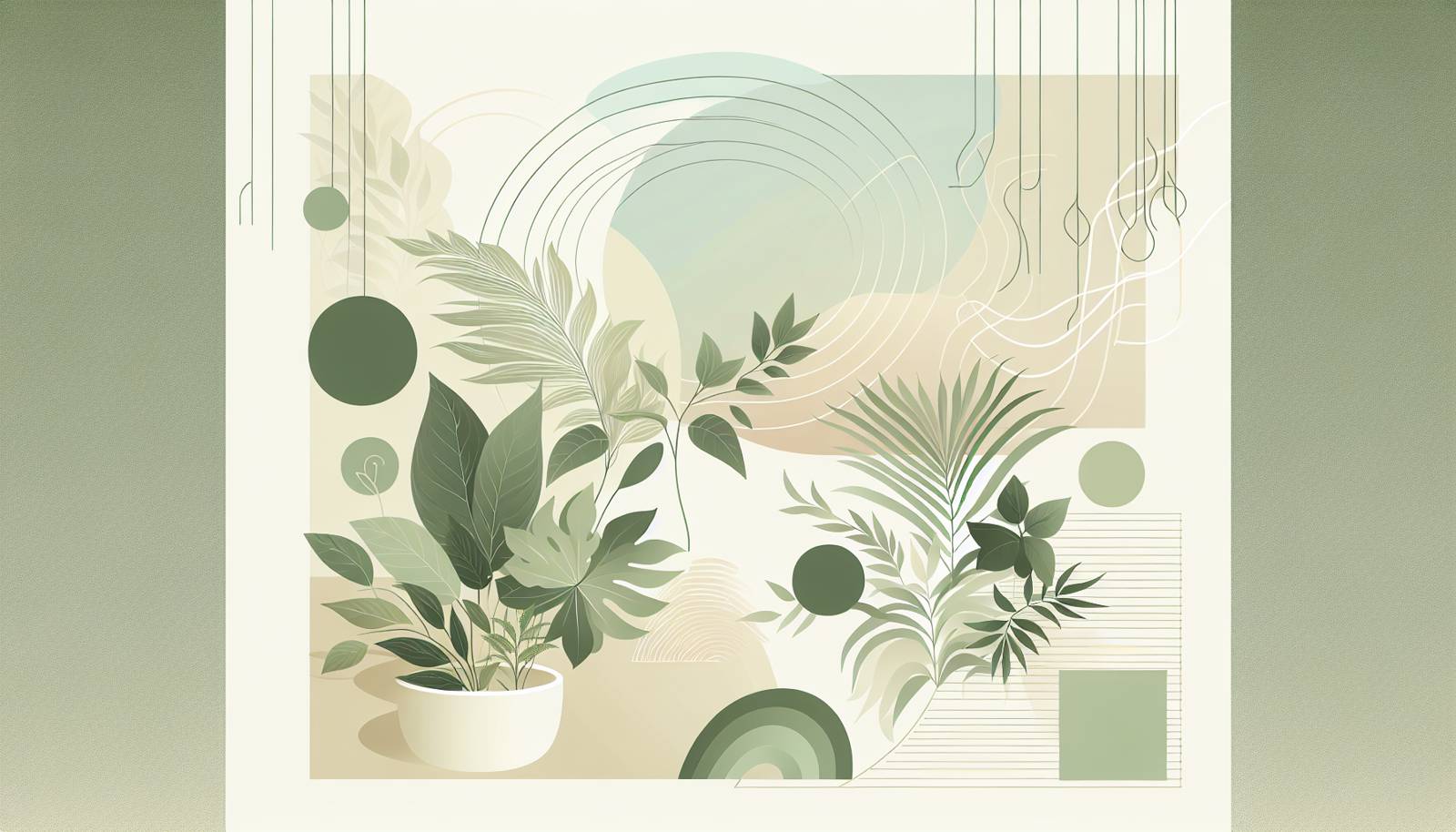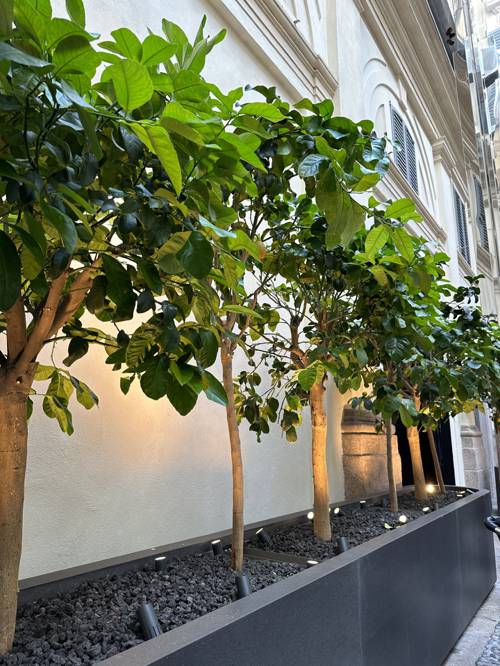
FAQ About Indoor Plant Light Sensitivity

What is light sensitivity in indoor plants?
Light sensitivity in indoor plants refers to their response to varying levels of light. Each plant species has its own optimal range of light intensity for photosynthesis and growth. Understanding a plant's light sensitivity is essential for ensuring it receives the correct amount of light, thereby promoting healthy growth and preventing stress or damage.

Why is it important to know about a plant's light sensitivity?
Knowing about a plant's light sensitivity is crucial for creating an ideal growing environment. If a plant receives too much or too little light, it can experience stress, slow growth, or even die. Providing the proper light level based on its sensitivity helps in maximizing plant health and vigor.

How can you determine if an indoor plant is receiving too much light?
Signs that an indoor plant is receiving too much light include scorched leaves, brown leaf edges, fading leaf color, and wilting despite adequate water. If you notice these symptoms, consider relocating the plant to a less intense light setting or using sheer curtains to diffuse sunlight.

What are the symptoms of insufficient light for indoor plants?
Indoor plants not receiving enough light may appear leggy as they stretch towards a light source. Other symptoms include smaller leaves, slow growth, faded color, and failure to flower. Moving the plant to a location with more light or supplementing with grow lights may alleviate these issues.

Do all indoor plants have the same level of light sensitivity?
No, indoor plants vary widely in their light sensitivity. For example, succulents and cacti generally need bright, direct sunlight, while ferns and many tropical plants thrive in low to medium indirect light. Understanding these differences is key to proper plant care.

What types of light are best for low-light sensitive indoor plants?
Low-light sensitive indoor plants usually thrive under indirect or diffused light. North-facing windows or areas with filtered light are ideal settings. Artificial lighting like fluorescent bulbs can also be suitable, as they provide the light spectrum necessary for plant growth without excessive heat.

How can I increase light availability for indoor plants in dark rooms?
To increase light availability in dark rooms, consider using full-spectrum grow lights, which mimic natural sunlight and provide the necessary wavelengths for plant growth. Positioning plants near mirrors or light-colored walls can also help reflect and enhance available light.

Can indoor plants be harmed by artificial lights?
Indoor plants generally tolerate artificial lights well when used appropriately. However, excessive exposure to certain types, such as incandescent lights, can produce too much heat, leading to leaf burn. Utilize LED or fluorescent grow lights designed for plant growth to avoid such issues.

How long should indoor plants typically be exposed to light each day?
Most indoor plants benefit from about 12-16 hours of light per day. However, this can vary based on the plant's specific light requirements. It's essential to adjust the duration according to whether the plants need low, medium, or high light conditions for optimal growth.

How do seasons affect the light sensitivity of indoor plants?
The changing seasons can affect light availability and quality, influencing how sensitive a plant is to light. During winter, days are shorter and light intensity is lower, which might necessitate supplemental lighting. Conversely, summer brings intense light that may require protecting sensitive plants from stress.

What tools or equipment can help manage indoor plant light exposure?
Tools like light meters help measure the light intensity in your plant's environment, ensuring optimal conditions. Additionally, using timers for grow lights and window sheers or blinds can control and adjust light exposure effectively.

Are there any apps that help track light exposure for indoor plants?
Yes, several apps are available that can help track light exposure for indoor plants. These apps use your phone's sensor to measure light levels and offer guidance on adjusting your plant's location based on its light sensitivity needs.

Can light sensitivity change as the plant grows?
Yes, a plant's light sensitivity can change slightly as it matures. Young plants might be more sensitive to intense light, while mature plants can typically tolerate more. Regularly monitoring your plant's response to light will help adapt care practices as it grows.

What are the best indoor plants for low-light environments?
Some of the best indoor plants for low-light environments include the snake plant, pothos, ZZ plant, and peace lily. These plants are highly adaptable to low light conditions and still maintain healthy growth with minimal light exposure.

How does light sensitivity affect flowering in indoor plants?
Light sensitivity plays a critical role in the flowering process of indoor plants. Insufficient light can inhibit flowering, while the right light conditions can promote blooming. Adjusting light exposure according to the plant's flowering cycle can aid in successful flowering.

What is the best way to acclimate a plant to a different light environment?
To acclimate a plant to a different light environment, it's important to gradually adjust its exposure levels. Start by moving the plant into its new location for a few hours a day, gradually increasing its time over a period of weeks until it is fully acclimated.

Do plants with different color leaves have varying light needs?
Yes, plants with different colored leaves often have different light needs. Darker leaves typically indicate a plant that can handle lower light levels, while lighter or variegated leaves may require more bright light to maintain their color variation.

How does light sensitivity relate to a plant's photosynthesis process?
Light sensitivity is directly related to photosynthesis, the process by which plants convert light into energy. Plants need the right amount of light to efficiently produce energy and facilitate growth, and light sensitivity helps determine the optimal conditions for these processes.

Can moving an indoor plant frequently affect its light sensitivity?
Frequently moving an indoor plant can stress it and affect its light sensitivity. Plants benefit from stable environments with consistent light conditions, and moving them too often can disrupt their acclimation and adjustment to light changes, potentially leading to deterioration in health.

Are there any indoor plants that are very adaptable to various light conditions?
Yes, some indoor plants are quite adaptable to various light conditions. The spider plant, rubber plant, and philodendron are known for their ability to thrive in both low and bright lighting, making them versatile options for different home environments.
